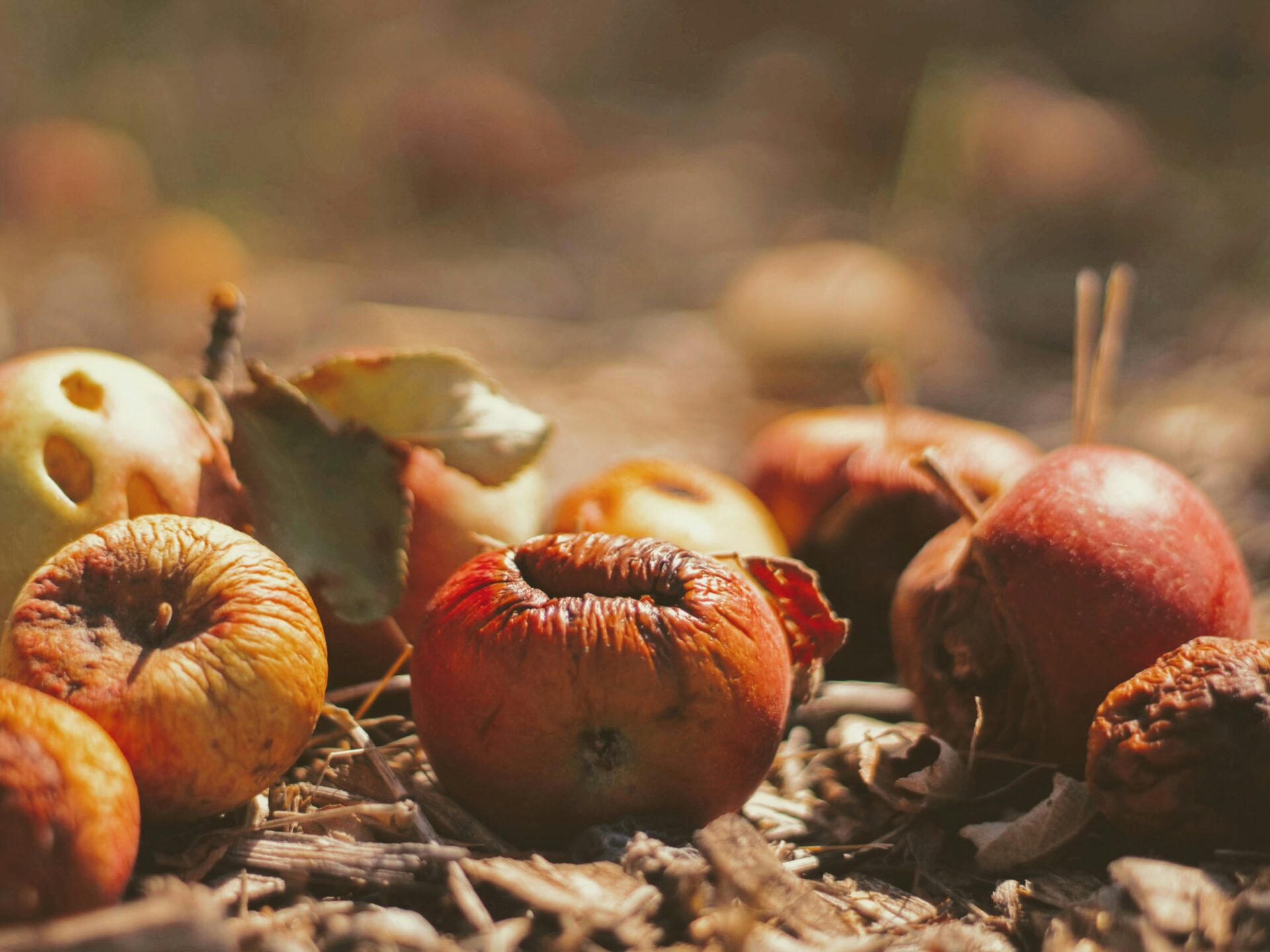Landscape Architecture Team Spotlight
April 30, 2024World Migratory Bird Day
May 10, 2024Landscape Architecture Team Spotlight
April 30, 2024World Migratory Bird Day
May 10, 2024May 7th, 2024
International Compost Awareness Week: Compost - Nature’s Climate Champion
Author: Zoe Bross
Happy International Compost Awareness Week (ICAW) 2024! From May 5th to 11th, countries around the world will be raising awareness of the importance of composting. Originally started by the Compost Council of Canada in 1995 and quickly supported by the U.S. Composting Council, ICAW began to grow in popularity, with the goal “to build public awareness on the many benefits of increased organics recycling and finished compost use.” This year’s ICAW theme is “Compost…Nature’s Climate Champion!” More about this theme can be found on the Compost Research and Education Foundation website where the Foundation discusses the ways composting can help meet the United Nation’s Sustainable Development Goals, through actions like decreasing methane and helping to capture carbon.
Personally, I feel that composting is a way that everyone can engage with their food systems and fight climate change at home. I was lucky that my mom has always been into composting, so I learned about it at a young age. Growing up, we would collect our food scraps in a small bowl on our countertop. When the bowl got full—often overflowing with eggshells teetering on top of banana peels and papery onion skin blowing onto the floor—we would take it out back to the big compost bin my grandfather built for us and toss the scraps on the pile, a big cloud of fruit flies billowing out of the decay. Every so often, my mom would use a shovel to mix the scraps and compost together—a task often done for us by the local raccoons who were digging around the scraps for a snack. Whenever my mom needed compost for her plants and landscaping, we had plenty in our backyard to feed the flora.
Composting prevents food scraps from sitting in landfills, however, the Food Recovery Hierarchy, shown in this infographic from the EPA, is a helpful reminder that there are even more steps we can take to reduce the energy, nutrients, water, time, and labor lost by food waste before we turn to composting. But there will always come a time when you are left with food scraps that you can no longer use to eat, and the best way to conserve all the inputs that go into making food is to compost them. Then, using the compost made with your food waste, you can enrich your soil with nutrients, reducing the need for fertilizers and pesticides.
If your city doesn’t have a municipal compost system that allows you to send in buckets of compost, there are many other alternatives for at-home systems. You can buy fancy composting contraptions that have a sealed chamber that are rotated on its axis to mix the compost, if that’s your jam. Another option for those that have the space is a composting system like my mom’s. All you need is an outdoor location, sun or shade, to start your compost pile (with walls optional). To start, first place a layer of twigs, wood chips, and leaves to line the pile and allow air circulation at the bottom. Then, add a layer of your food scraps. Keep layering, alternating between food scraps and leaves/twigs/wood chips. If your pile is looking a little dry, add some water. Every couple of weeks, make sure to turn your pile with a shovel or pitchfork to aerate it. This helps with the decomposition process! When composting at home, make sure to only compost vegetable scraps, eggshells, and non-dyed paper—no meat, oils, or grains. Compost piles become hot, raising to temperatures between 130 and 160 degrees at home. Remember to not add animal products like meat or dairy into your at-home compost, as the smell can attract pests and it can contaminate your compost. To learn more about this composting process, visit the EPA’s site here.
Maybe you live in an apartment, and you need a smaller composting set up that can be used either indoors or outdoors and is inexpensive; then try Worm Composting, or Vermicomposting! The process produces vermicompost—the “the product of earthworm digestion and aerobic decomposition”—or, compost and worm poop. Building a vermicomposting system involves plastic bins with drilled holes for drainage and air, one of the seven species of earthworms that are suitable for vermicomposting, bedding made of newspaper, carboard, or leaves, and food scraps and compostables. Vermicompost is incredibly nutrient and microorganism-rich, and is also a really fun way for kids to put their hands in the dirt, play with worms, and learn about decomposition. The EPA has full instructions for vermicomposting on their site as well. Another option for composters that take up less space in our apartments or houses are electric composters, which are compact and can even sit on a kitchen counter. Although more on the expensive side, these electric composters, which use a rotating drum to mix, aerate, and heat your scraps to an idea temperature for microbes to break down the waste, can produce ready-to-use compost in just a few weeks.
There are so many different options for composting depending on your budget, available space, or how much you want to be involved. Every compost system has a different management technique and specific rules for composting, so make sure you know what can go into your composting bin. Celebrating ICAW this week means we are contributing to a planet-wide push for tackling climate change. Meanwhile, there will be a lot of beautiful gardens out there too! Composting is great for the planet, great for your garden, and great for you, so save your scraps and make some compost.






